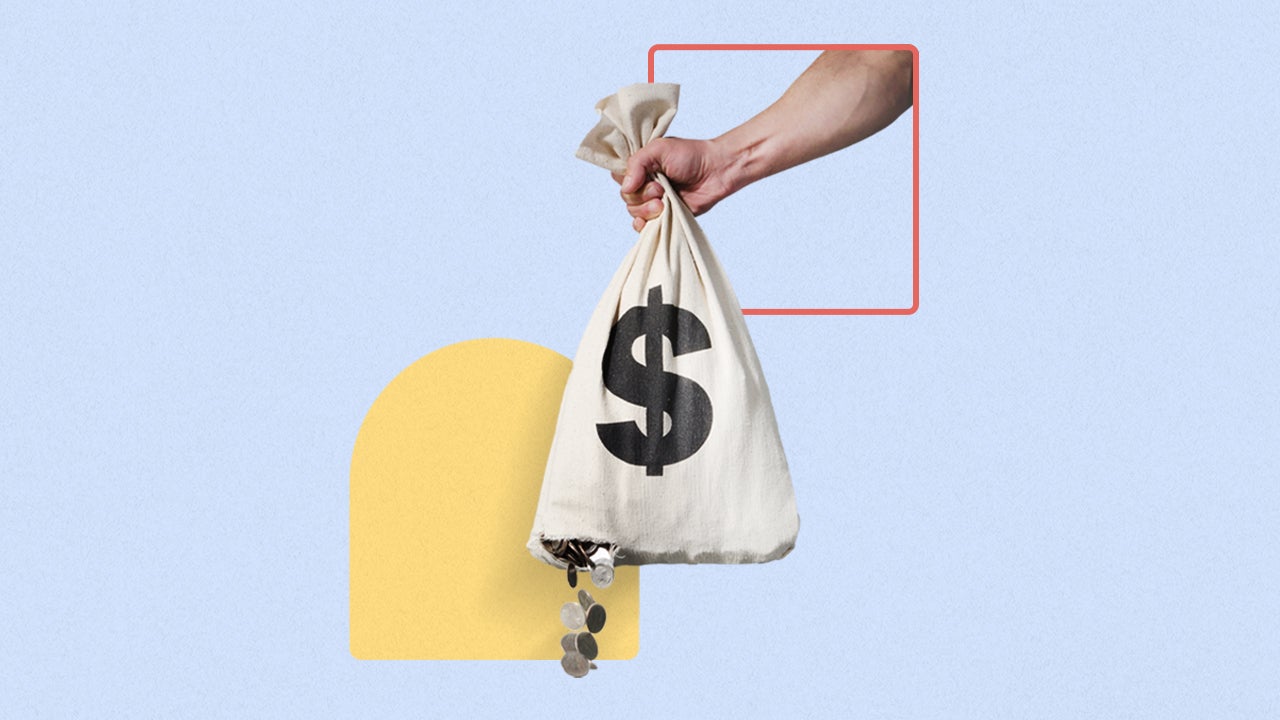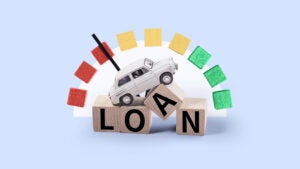Can I Get an Emergency Loan With No Job?

Key takeaways
- Even without a job, you can generally get an emergency loan if you can prove a reliable source of income, such as disability benefits or a spouse’s income.
- Lenders that offer loans without proof of income are probably predatory.
- If you have a low credit score or high debt-to-income ratio, you could face high fees and be more likely to default.
- If you do not have a steady income, look into loan alternatives like assistance programs, repayment plans or help from family and friends.
You may qualify for an emergency loan even if you aren’t currently employed. Lenders are more concerned with income than employment since they want to see that you can afford the monthly loan payments. If you have a regular source of income, you could potentially get approved and access the fast funding you need.
Requirements for emergency loans without a job
Since lenders care more about reliable income than having a job, you can submit a wide range of income types as part of your loan application. Lenders also assess your credit score and debt-to-income (DTI) ratio when evaluating your application. If you have a pending employment opportunity, the lender may also accept an offer letter if the start date is within a certain timeframe.
Income sources that your lender may accept
- Social Security or disability benefits
- Unemployment benefits
- Alimony or child support
- Spouse’s income
- Pension or retirement income
- Recurring interest or dividends from savings or stocks
- Rental income
- Royalties
- Freelance income
- Contract work
Eligibility requirements
In addition to your income, lenders will consider your credit score and debt-to-income ratio (DTI), the percentage of monthly income spent on debt payments.
Credit score
Some lenders offer emergency loans to borrowers with bad credit, but they may charge annual percentage rates (APR) that are over 600 percent. Also known as payday loans, this type of predatory financing can leave you facing a debt cycle that can put even more strain on your budget the next time you face an emergency. If you fit into this category and have an urgent financial need, explore payday loan alternatives instead.
For borrowers with good to excellent credit, you may qualify for other types of personal loans to cover emergency expenses. Interest rates will be lower, and since personal loans are flexible, most can be used for any unexpected costs that come up.
Debt-to-income ratio (DTI)
Lenders like to see that your DTI is below 50 percent. If they believe you have insufficient income to take on additional loan payments or if you have several credit cards as well as other personal loan debt, you could be denied funding.
Additional requirements
Here’s what else you’ll need to potentially qualify for an emergency loan without a job:
Collateral
If you have a low credit score, you can potentially boost your approval odds by offering collateral for your loan. It could be your home, car or another asset, depending on the form of collateral the lender accepts. A secured emergency loan could be risky, though, if you fall behind on the payments – the lender may seize your asset and sell it to recoup what’s owed.
Cosigner
If you do not have any collateral to put up, consider getting a cosigner for your loan. A friend or family member with good credit and a consistent, verifiable source of income could help you qualify for a better rate and terms.
6 Steps to getting an emergency loan without a job
Applying for an emergency loan doesn’t have to be overwhelming. When you’re ready to move forward, following these steps can help streamline the lending process.
Step 1: Research eligibility requirements
Each lender has specific guidelines applicants must meet to qualify for funding. Inquire before formally applying to better tailor your search and identify lenders who are most likely to approve you for an emergency loan.
You should also review your credit report to confirm its accuracy and file disputes if you spot issues. Nearly half (44 percent) of those who review their credit reports find mistakes, according to Consumer Reports. Errors on your credit report can drag down your score.
Your credit score and DTI ratio heavily influence your approval odds and loan terms, so it’s worth checking your credit score to know where you stand before applying.
Step 2: Get prequalified with many lenders
If your credit score is up to par and you check off all the other boxes, the next step is to get prequalified for an emergency loan.
Consider online lenders if your priority is fast funding or if you have fair or less-than-perfect credit, as they tend to offer more flexibility. Your local credit union is also worth considering if you’re a member and your credit score is on the lower end. If you have excellent credit, doing business with a bank you have an existing relationship with could land more favorable terms.
You can inquire as many lenders as you’d like since prequalification only results in a soft credit pull that doesn’t impact your credit score. If you’re crunched for time, be sure to get prequalified with at least three lenders. In most cases, the process can be completed online and takes just a few minutes.
Step 3: Compare offers
Review each loan offer to determine which lender is the best fit for your financial situation. Pay attention to projected APRs, fees and monthly loan payments. If the lender offers any special perks, keep those in mind as well. The funding timeline is also important since you need cash much sooner rather than later to cover the financial emergency.
Step 4: Gather information and documentation
In the meantime, start gathering information and documentation the lender will need when you apply to avoid processing delays, such as the following:
- Proof of identity
- Proof of address
- Proof of income
- Bank account information
Step 5: Submit an application
Apply with your chosen lender and submit the necessary documentation promptly. Most lenders accept online applications, but a phone number is typically available for assistance.
If the loan officer or underwriting team needs more information from you, be sure to respond to their requests promptly. Keep in mind that each formal application results in a hard credit inquiry that slightly dings your credit score.
Step 6: Sign the loan agreement
If approved, the lender will send over the loan agreement to you. Now is the time to ask any questions you may have to avoid any surprises.
If the loan agreement looks good, sign the documents to seal the deal. The lender will then disburse the funds directly to you, usually within one to seven business days.
Emergency loan alternatives
Emergency loans are frequently a high-cost option no matter your credit score, and when you don’t have a job, they can put significant strain on your budget. Consider some common alternatives first.
- Negotiating a payment plan or extension with your lender will help you lower your debt and make it easier to cover short-term emergency expenses.
- Applying for an emergency credit card may be difficult without a job, but you may still be able to qualify with a regular source of income. And they can help you avoid borrowing a large amount if you only need a few hundred dollars.
- Try applying for assistance or hardship programs offered by local nonprofits or governmental agencies if you need help affording your basic needs. The nonprofit United Way operates a phone number, 211, that connects people to local programs offering assistance with food, rent, utilities and more. Call if you’re unsure where to start.
- Borrow from family or friends who may be willing to lend a helping hand. You’ll likely save a mini-fortune in interest and fees with this option. Be sure to get the agreement in writing to avoid any confusion regarding the loan terms. Only agree to a realistic payment plan to ensure you can uphold your end of the bargain and steer clear of conflict.
Bottom line
If you decide an emergency loan is the right decision, take the time to compare emergency loan rates before you apply. As long as you have a reliable source of income, you should be able to find emergency loans with no job. Be sure to consider the alternatives to avoid paying high interest, especially if finances are already tight.
You may also like

Can you get a small business loan after bankruptcy?

How to get a car loan with bad credit

4 ways to get an emergency loan with bad credit

How to get a personal loan with bad credit



